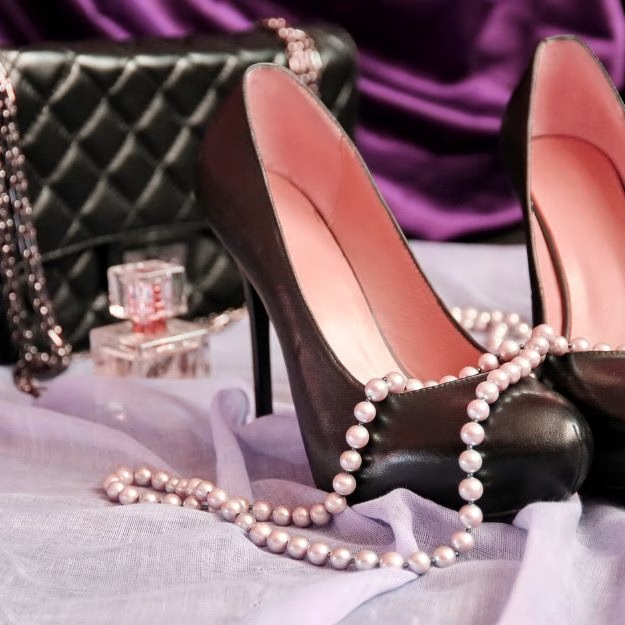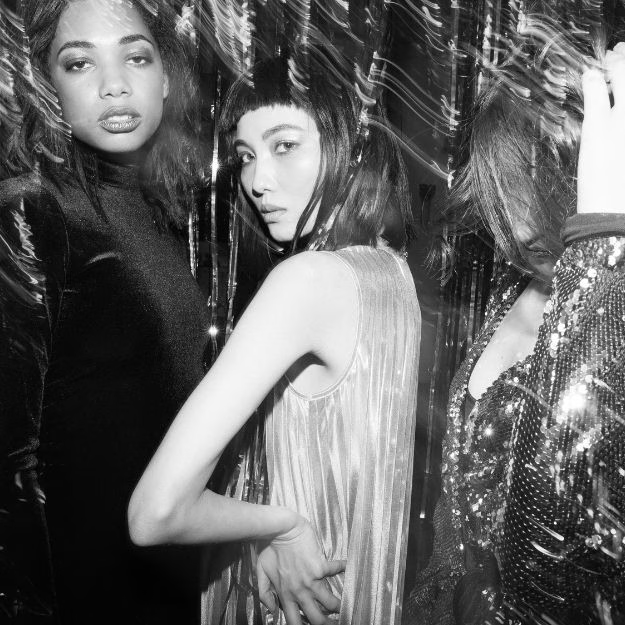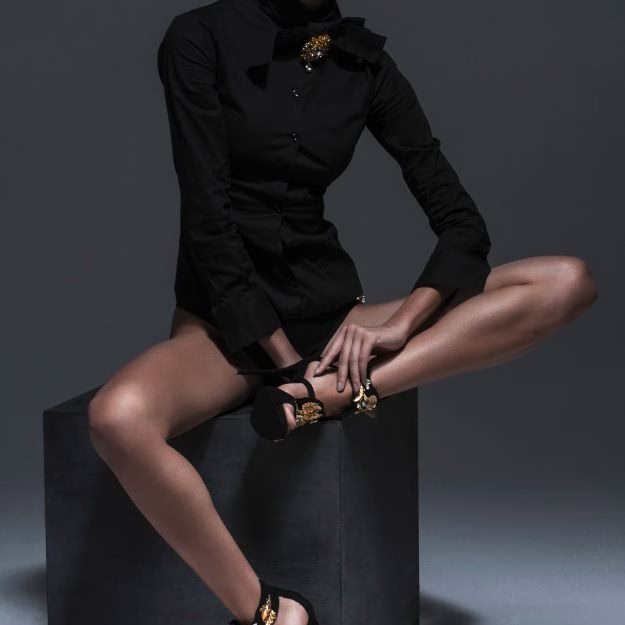
From the silver screen to your closet, explore how movies have shaped fashion trends.
Movies have a magical way of transporting us to different worlds, introducing us to captivating characters, and often, leaving us wanting to steal their style. Fashion and film have a long and intertwined history, with iconic costumes shaping trends and influencing how we dress. Let’s dive into this glamorous world and explore how cinema has shaped our wardrobes.
The Silver Screen as a Runway:
From the golden age of Hollywood to modern blockbusters, movies have served as a powerful platform for showcasing fashion. Costume designers are the unsung heroes behind these iconic looks, meticulously crafting garments that not only reflect a character’s personality but also contribute to the film’s overall aesthetic and narrative.
- Classic Hollywood Glamour: Imagine Audrey Hepburn’s timeless little black dress in Breakfast at Tiffany’s, complete with pearls and oversized sunglasses, or Marilyn Monroe’s sultry white halter dress billowing over a subway grate in The Seven Year Itch. These enduring images have solidified their place in fashion history, inspiring countless designers and fashion enthusiasts. They demonstrate the enduring power of elegance, simplicity, and a touch of daring.
- Sci-Fi and Fantasy Costumes: Movies like Blade Runner, with its futuristic trench coats and neon-lit cityscapes, or the flowing robes and intricate armor of Star Wars and Lord of the Rings, have transported us to fantastical realms and pushed the boundaries of fashion. These visionary designs often inspire avant-garde creations and challenge conventional notions of style, reminding us that fashion can be a form of escapism and fantasy.
- Contemporary Style Icons: Modern films continue to spark fashion trends. Think of the effortlessly chic looks of Cate Blanchett in Blue Jasmine, showcasing the power of understated elegance, or the edgy, rebellious style of Rooney Mara in The Girl with the Dragon Tattoo, inspiring a wave of minimalist, androgynous fashion. These characters’ wardrobes resonate with audiences and influence how we dress in our everyday lives.
Beyond the Costumes: Capturing the Spirit of an Era
The influence of film on fashion extends beyond specific costumes. Movies often capture the zeitgeist of an era, reflecting the prevailing social and cultural trends and embedding them in our collective memory.
- The Roaring Twenties: Films like The Great Gatsby, with its lavish parties and flapper dresses, perfectly encapsulate the carefree spirit and rebellious attitude of the 1920s. The loose silhouettes, short hemlines, and playful accessories mirrored the newfound freedom and social liberation of women during this era.
- The Rebellious 50s: Movies like Rebel Without a Cause and Grease introduced us to the rebellious youth culture of the 1950s, with their iconic leather jackets, jeans, and poodle skirts. These films captured the anxieties and aspirations of a generation coming of age in a rapidly changing world, and their fashion choices became symbols of teenage rebellion and a desire for self-expression.
- The Power Dressing 80s: Films like Working Girl and Wall Street reflected the rise of women in the workforce, with their power suits, shoulder pads, and bold accessories. These films mirrored a cultural shift, showcasing women breaking through glass ceilings and demanding equality in the workplace. Their fashion choices became symbols of strength, ambition, and a new era of female empowerment.
Fashion as Storytelling:
Costumes are not merely decorative elements in a film; they are powerful tools for storytelling, conveying information about a character’s personality, social status, and emotional state.
- Character Development: A character’s wardrobe can evolve throughout a film, reflecting their personal growth or transformation. Think of how a character’s clothing might change as they move from innocence to experience, or from vulnerability to strength.
- Visual Cues: Costumes can provide subtle visual cues about a character’s background, occupation, or intentions. A character dressed in all black might suggest mystery or villainy, while a character in bright, colorful clothing might convey a sense of optimism or playfulness.
- Emotional Impact: The right costume can evoke strong emotions in the audience, enhancing the film’s impact. A tattered dress can symbolize hardship and vulnerability, while a flowing gown can evoke a sense of romance and beauty.
The Enduring Influence of Film:
Movies have an enduring influence on fashion, shaping our perceptions of style and inspiring us to express ourselves through clothing. From classic Hollywood icons to contemporary trendsetters, film continues to be a powerful force in the world of style. By understanding the interplay between fashion and film, we can gain a deeper appreciation for the artistry of costume design and the power of clothing to tell stories and shape our cultural identity.



